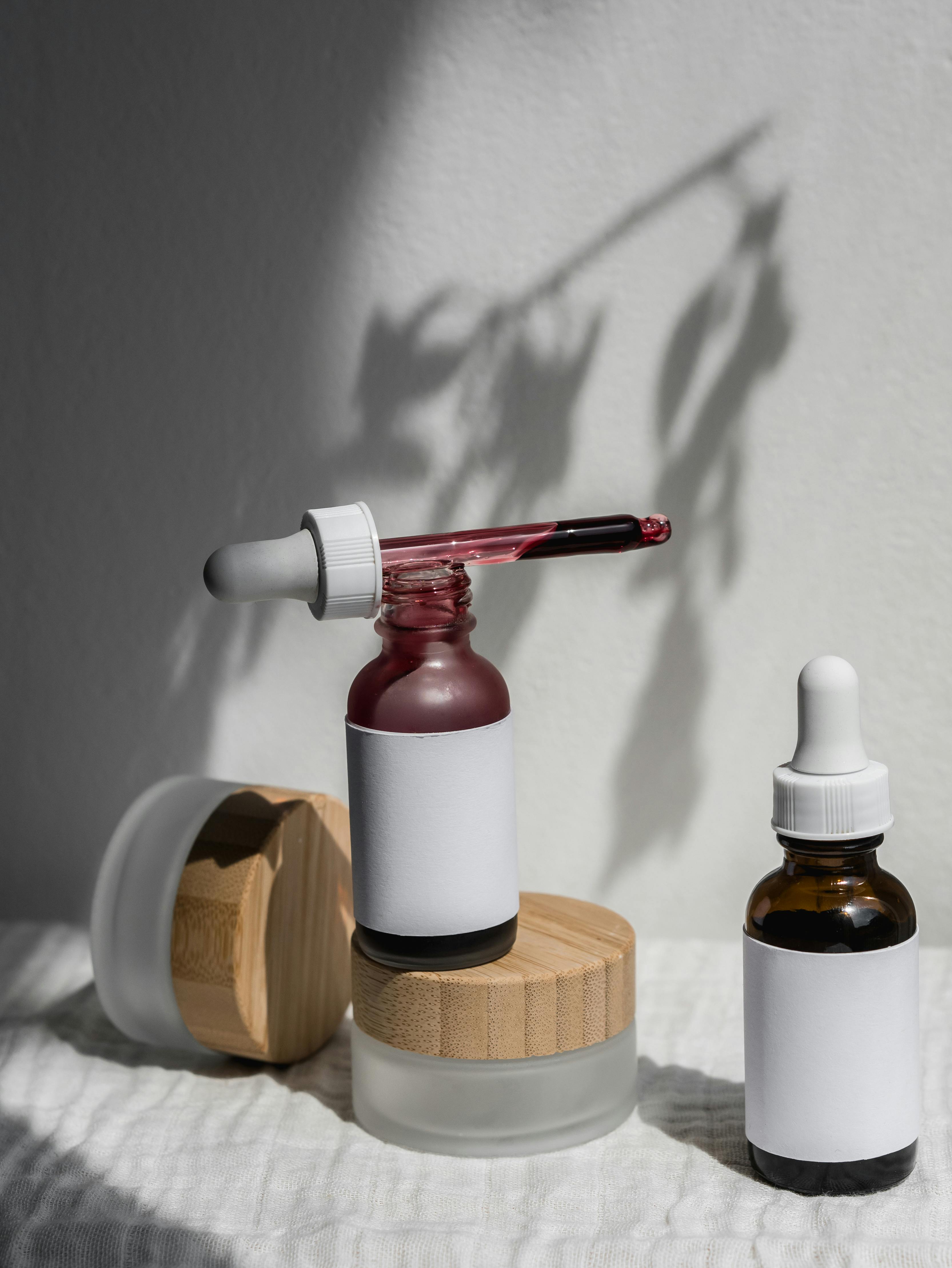K Beauty Tariffs in the United States 2025: Why Imported Skincare Costs More and What You Can Do About It
Imported skincare just became more expensive. This guide explains what changed with U.S. tariffs and FDA rules in 2025, why prices are rising, and how to avoid paying extra costs

Why Imported Skincare Prices Are Rising in 2025
If you recently noticed that Korean, Japanese or European skincare products are more expensive or harder to order, there is a reason. In late August 2025, the United States removed a long standing rule that allowed small packages valued under 800 dollars to enter the country without duties or customs processing. This was called the de minimis exemption. Many K Beauty retailers relied on this to offer lower prices and fast direct to consumer shipping.
As of August 29, 2025, every parcel, regardless of value, may be subject to duties and inspection. This change was announced by U.S. Customs and Border Protection.
At the same time, the Food and Drug Administration introduced new regulatory requirements under the Modernization of Cosmetics Regulation Act, also called MoCRA. Imported skincare products now require facility registration and product listing, and shipments may be held if documentation is incomplete.
These two changes are happening at the same time. Together, they directly affect the cost and speed of imported skincare.
In short, importing skincare now costs retailers more, and those costs are being reflected in consumer prices.
What Changed With United States Skincare Import Tariffs in 2025
Here is the simplified version.
- End of the duty free threshold
Low value shipments are no longer exempt from duties. According to U.S. Customs and Border Protection, all shipments may now be subject to duties and inspection. - More documentation required under MoCRA
Imported cosmetics must be registered and listed with the FDA. - Higher customs processing fees
U.S. Customs adjusted the merchandise processing fee in October 2025. Fees increased for imported goods. Information is available through NNR Global Trade Advisory. - Duty rates depend on product and country of origin
Most skincare falls under tariff classification HTS 3304. Duty rates vary by category and origin and can be verified through the U.S. International Trade Commission.
Which Skincare Products Are Affected
Most commonly affected:
- Hydrating essences
- Serums and ampoules
- Moisturizers and barrier creams
- Gel and foam cleansers
- Exfoliating toners
- Sheet masks
These items typically fall under tariff code HTS 3304, according to the U.S. International Trade Commission.
Products already stocked within the United States are not subject to these fees.
Why K Beauty Fans Are Feeling It the Most
K Beauty is built on fast innovation, quick launches and direct fulfillment from Korea. This fulfillment model relied on the de minimis exemption. Once that exemption ended, retailers faced
- Higher import costs
- Increased documentation requirements
- Slower customs processing
- Duty fees on small parcels
Industry analysts have reported average price increases ranging from ten to twenty five percent since mid 2025. This was reported by an independent industry review on the Beauty Trade Industry Report.
Consumers may notice:
- Higher import costs
- Increased documentation requirements
- Slower customs processing
- Duty fees on small parcels
How to Avoid Paying Premium Prices for Imported Skincare
If a product ships directly from overseas, you may see higher prices or unexpected duties because of the tariff and regulatory changes described above.
There are simple ways to avoid that.
- Choose products already stocked in the United States
Domestic inventory avoids duties and customs processing. - Focus on the function of the product, not the country of origin
Hydration, barrier repair, gentle cleansing and mild exfoliation can be found from many brands sold within the United States. - Use The Beauty Framework to help you find products
Instead of searching for substitutes or worrying whether a product will get delayed in customs, you can use the resources here.
If you want help choosing alternatives that are easy to find in the United States, explore the Beauty Framework Blog for product breakdowns or take the skincare quiz to receive personalized recommendations.
How to Check if a Product Might Be Subject to Duties
You do not need to do this every time, but it is helpful if you frequently order from overseas retailers.
- Look up the tariff code at the U.S. International Trade Commission
- Check where the product ships from
- Look for wording during checkout that indicates duties are included or prepaid
Products already stocked in the United States do not go through this process.
Will Prices Go Back Down?
There has been no federal announcement indicating that the de minimis exemption will be restored. Importers are adapting to the new rules, and prices reflect the new requirements. While individual promotions may occur, the regulatory changes are not temporary.
Summary
Imported skincare costs more today because:
- The duty free exemption ended
- Tariffs and customs processing now apply to small parcels
- FDA regulations require more documentation under MoCRA
- Importers are passing these costs to consumers
Buying products already stocked within the United States is the simplest way to avoid duties and unexpected fees.
If you want help finding products that are widely available, browse the Beauty Framework Blog or take the skincare quiz to receive personalized recommendations.

